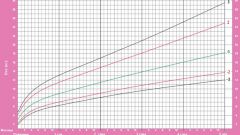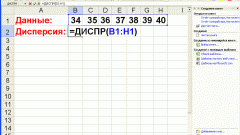Instruction
1
Compare planned and actual values of some variables that act as indicators of activity of the enterprise. Thus, you will be able to identify various abnormalities, to establish their causes, to calculate the cost of their removal and to show the economic feasibility of this. Based on the actual specifications that require supervision, take the data of different levels of accounting (financial, managerial and statistical). Their role can appear the timing of the assignment, the quality of produced or sold products, and the parameters expressed in monetary or physical indicators.
2
We will consider three main factors that influence the efficiency of the company at the same time: the volume of production, consumption of resources per unit of production and raw material costs and regulations. The result of their changes are deviations from planned performance. Absolute deviation represents the difference values, and expresses the true relationship between planned and actual performance. Calculated absolute deviation in physical units (rubles, pounds, etc.).
3
Now calculate the relative deviation. It helps most informative to analyze and give a more clear evaluation of the changes. The relative deviation is calculated as the ratio of absolute deviation to the real value. The value is expressed in fractions of percentages. For its location divide the value of the indicator of the end of the period to the value of its beginning and multiply the result by 100. Use the formula: (b2-a1)/a1*100%, where a1 is the initial value, b2 the final value. To calculate relative deviation of the level of implementation of the production plan you can use the formula: AWP = HF/khpl. Here Ovit – the relative value of gross domestic product, HF is the actual number of manufactured products, khpl – number of products under the plan.














